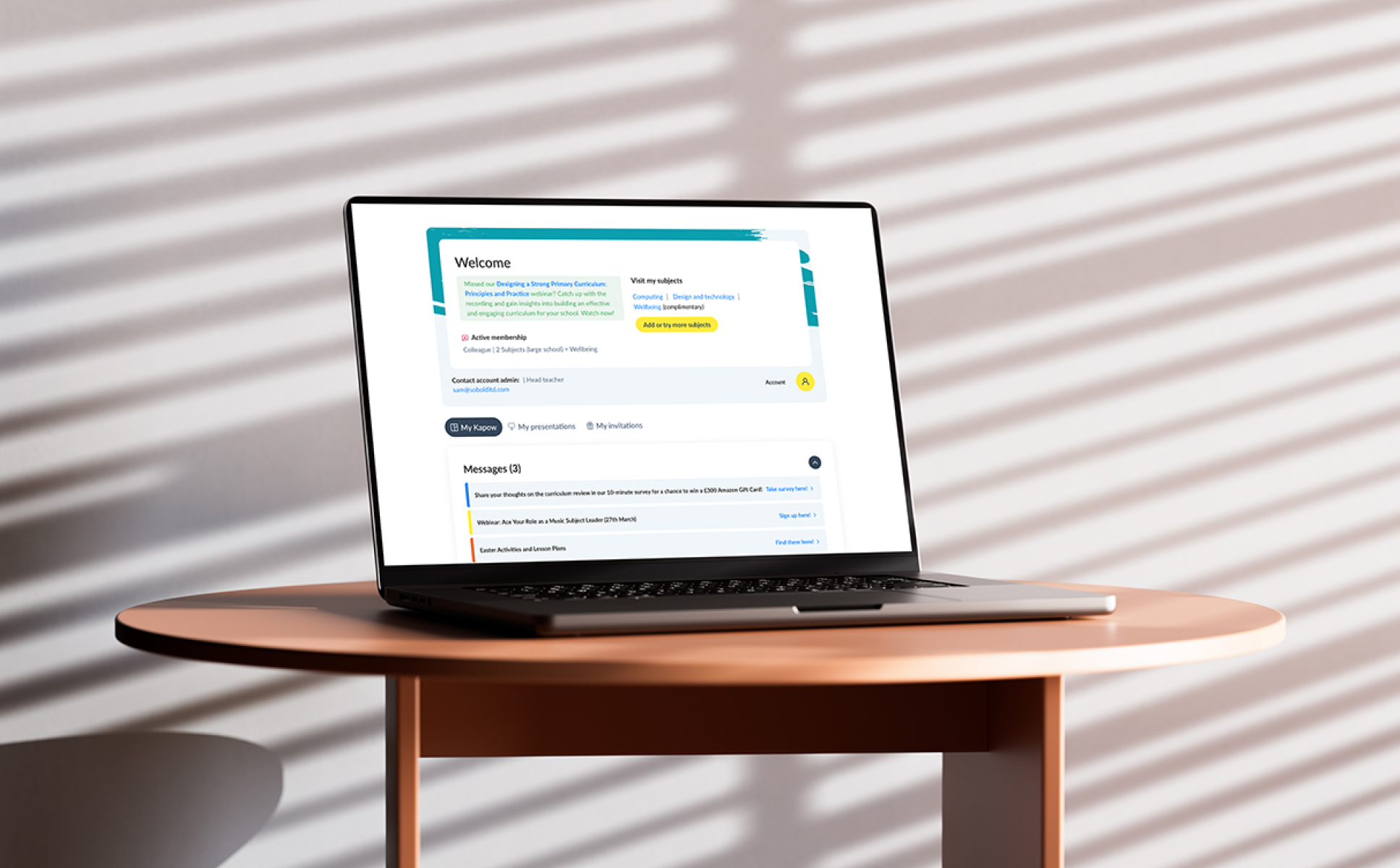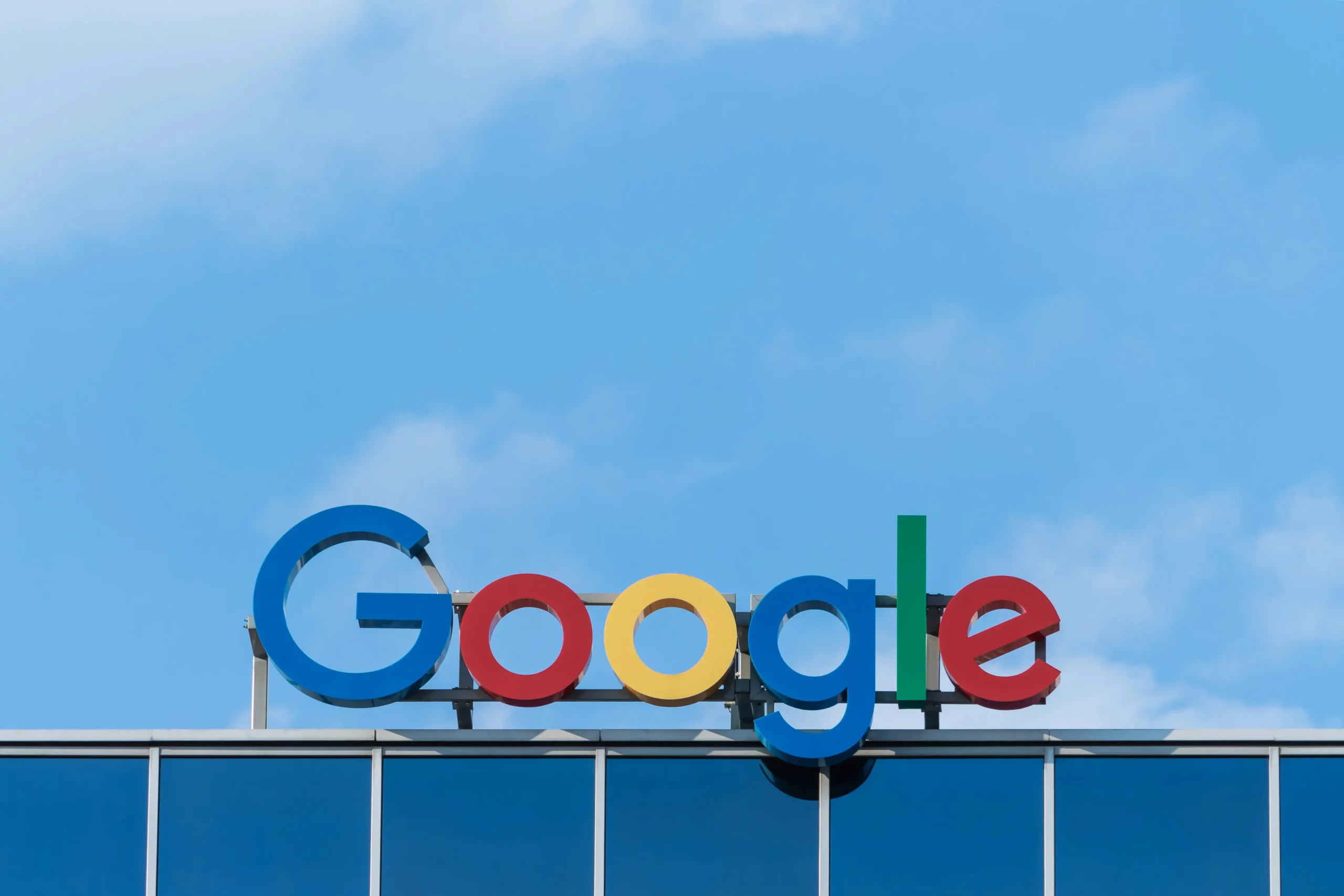For designers, it’s almost an impossible task to effectively deliver a project without understanding the joint language of design. This terminology and jargon can often get thrown around in meetings, although it’s good practice to read the room and speak a mutual language it’s good to get a little insight. Below is a glossary of essential UX/UI terms grouped into topics.
General terms
Accessibility
A measure of a web pages usability for a range of people, including people with disabilities.
Design system
A document that houses design components and styles to use across a website or product, ensuring consistency.
Design thinking
The process of creating and executing strategic ideas that solve problems.
Flat design
A form of design that focuses on minimalism using 2D elements and strong colours.
Human-centred design
An approach that finds solutions with a human perspective in every step of the design process.
Information architecture
Or otherwise known as a sitemap, is the structural design of information.
Landing page
A stand-alone page that a person lands on after clicking from a digital location.
Onboarding
A flow that guides the user through a set of instructions such as choosing preferences, product usage and UI elements.
Responsive design
A design and usability process that adjusts content based on the device screen size.
UI Design
This determines how an interface will look and guide the user on how to interact with a product such a colour choices and layout.
Usability
The quality of the start-to-end user experience.
UX Design
The process of determining how a digital product should work based on relevant user research and best practices.
Acronyms
CTA (Call to action)
A graphical component that guides the user through the main flow and encourages them to take a specific action. Normally it will be the element that stands out most on a page.
CWV (core web vitals)
Are three metrics that score a user experience loading a page, those are: how quickly content loads, how quickly a browser loads the webpage and how unstable the content is as it loads.
GA (Google Analytics)
A web analytics service offered by Google that tracks and reports web traffic.
KPI (Key performance indicators)
A Performance measurement approach based on certain metrics over a certain time period.
MVP (minimum viable product)
A version of a product that is released with just enough features that deliver on the initial user needs to then improve and develop further.
PM (Project manager)
A person that leads a team in order to achieve all the project goals in a set of timelines.
SVG (Scalable Vector Graphic)
A two-dimensional vector-based graphical element that is scalable and widely supported across the web.
SWOT (strengths, weaknesses, opportunities and threats)
A marketing tool that identities assess your business and analyse your competitors.
Design Process
A/B testing
A UX method that involves showing two versions of a specific page or product to see which one works better.
Card sorting
A technique that can be used by both UX designers and users that help determine the information architecture of the product based on logical ordering.
Cluster mapping
In other words, an affinity diagram is for sorting UX user findings into organised sets to lay down the foundations for desirable features.
Competitor analysis
A research method that shows strategic insights into a competitor’s features, functions and even visual positioning.
Eyetracking
A study that allows researchers to evaluate the movements of a particular user when they are using a product.
Focus group
Typically a researcher will talk to a group of people to find out opinions and generate ideas on the product or service.
F shaped pattern
Is a layout designed to guide the user’s eye to specific information based on human behaviour.
Mockup
A visual representation of a product in an environment could be a concept or the finished product.
Moodboard/style scape
Is a collection of visual inspiration gathered from an initial concept to visually communicate an idea.
Prototype
Is an early version of a product that is simplified to test main user journeys and functionalities.
Sketch
There will always be a place for pen and paper. At this stage in the prototyping process, a researcher can quickly come up with design solutions and compare them to determine the best one.
Storyboard
A visual way of communicating the user journey.
Usability testing
An approach that is done typically throughout the whole design process, ensuring that the product has ease of use and matches the user’s requirements.
User flows
A flow that represents a users task from an entry point to a desirable end one.
User interview
A one-on-one chat that can gather information for a user persona and insight on their behavioural habits on a product and or service.
User journey
Like the user flow, a user journey is a route that maps out their journey from beginning to end, the difference is that a journey includes emotions and behavioural choices.
User Stories
A narrative-based resource that sums up the patterns of how they interact with the product, focusing on motivations and frustrations.
Wireframes
A low-fidelity design that focuses just on structure and layout without clouding the mind with visuals. Its purpose is to ensure the interaction between user and interface is solid.
Design elements
Breadcrumbs
A layered component that allows users to navigate through multi-level pages.
Contrast Colour
Ensuring there is enough visibility between two colours to the layer or text is legible and ideally meets WCAG standards.
Grid
Is a layout system with rows and columns, making it easier for designers and developers, also for making clean and symmetrical interfaces for users.
Layout
The order of certain content such as text and images are laid out on a page.
Navigation
An organised hierarchy of information allows the user to find the information they are looking for.
Typography
Typeface or Font. there is a difference. A Font is a weight or variation of a typeface and typography is the arrangement of those styles to ensure it’s legible and appealing.
White space
Or negative space is the strategic positioning of elements on a page so they have room to breathe and for people to absorb content.
Widget
A self-contained design component that has certain functionality.






